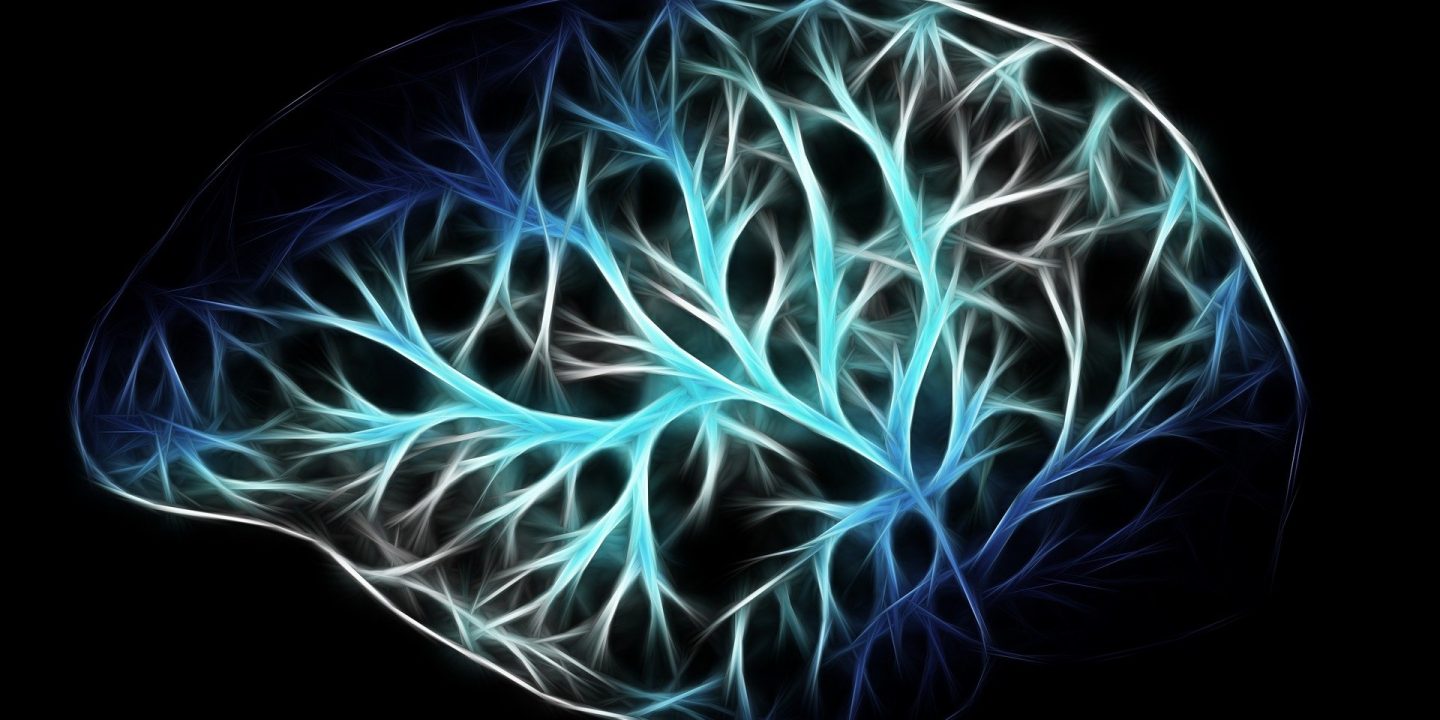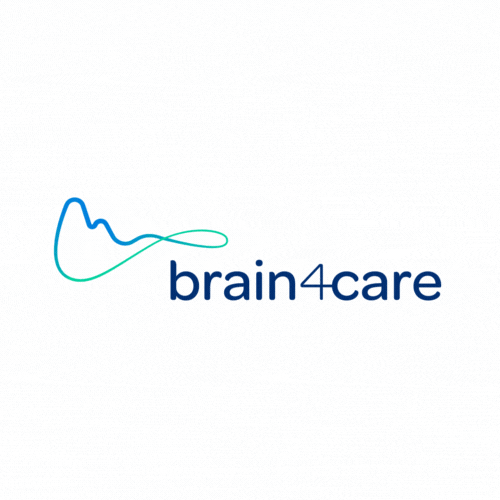
Study opens the door to new effective discoveries in the fight against diseases such as Alzheimer’s and dementia
In our brain, there is not enough space for stored energy. Based on this, the University of Maryland School of Medicine and University of Vermont researchers demonstrated how blood vessels respond to the command given by our brain and how they direct flow to specific brain regions.
Researchers say in a new paper published in Science Advances that studying how the brain directs energy to itself can help show us what goes wrong in diseases where blood flow is defective, which indicates cognitive impairment.
Dr. Thomas Andrew Longden and his colleagues at the University of Maryland, together with the efforts of Michael Kotlikoff’s team at Cornell University, located in Ithaca, New York, experimented on mice, using a protein that emits green light when calcium increases in the cell.
The team found that when neurons fire electrical signals, they cause an increase in calcium in the cells lining blood vessels. With this, the enzymes detect this calcium and direct the cells to produce nitric oxide. Nitric oxide is a hormone (and a gas) that causes the muscle-like cells around blood vessels to relax, which then widens the vessels allowing more blood to flow in. The discovery of the functioning of this system opens the door to new studies in diseases such as Alzheimer’s and dementia, bringing with it hopes that one day these diseases can be effectively fought.
The news story on the publication is available on the News Medical website.
The paper featuring the research may be retrieved from the DOI: 10.1126/sciadv.abh0101





